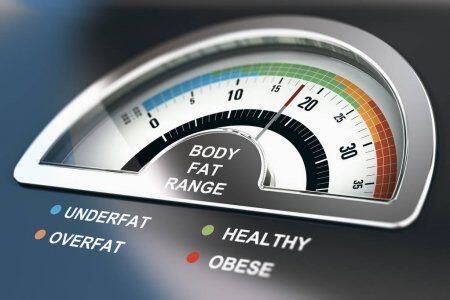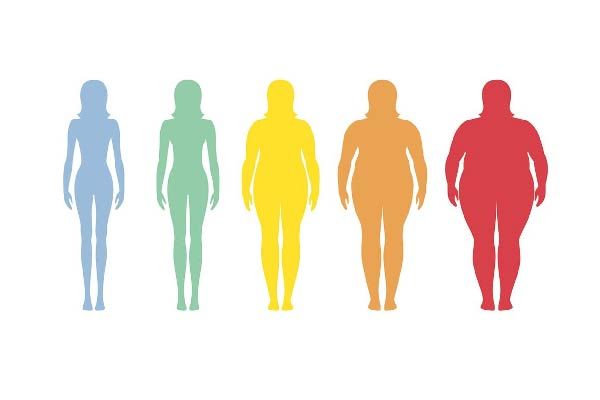How Can You Determine the Ideal Fat Ratio for Your Body?
 Although the formulas for determining your ideal fat ratio are still controversial in the medical and fitness world, we share the two most commonly used measurement parameters below to get an average figure:
Although the formulas for determining your ideal fat ratio are still controversial in the medical and fitness world, we share the two most commonly used measurement parameters below to get an average figure:
The table below is the most commonly used formula to determine the ideal body fat ratio in the world. When determining this ratio, remember that every body is different from each other and their needs should be determined accordingly. Factors such as hormonal factors, the geography you live in and gender can be determinants of your body fat ratio. For example, women need more fat cells than men to produce eggs.
| Fat rate | men | Women |
| Max Rate | 2-5% | 10-13% |
| Athletic | 6-13% | 14-20% |
| Fit | 14-17% | 21-24% |
| Average | 18-24% | 25-31% |
| Obese | 25%+ | 32%+ |
The parameter specified as “Maximum Ratio” indicates the minimum amount of fat required for physical and mental health. This issue is still controversial among physiologists. Regardless, keep in mind that your body needs a certain amount of fat to maintain a healthy existence. Having a fat body causes all kinds of aesthetic and physical problems, and a zero fat body means an unhealthy body.
A good diet alone or regular exercise alone is not the way to be healthy. Remember that the important thing is to know your body very well and maintain a balanced lifestyle according to its needs.
For example, your age, as well as your gender, has an impact on your body's needs. While exercising, be sure to consult your doctor's recommendations and alternative methods to have information about your body.
Table 2 (Jackson & Pollock Standard):
Another very common body fat ratio table in the world is the following. Contrary to the above, this table also takes into account the age factor when determining body fat percentage.
| Age | men | Women |
| 20 | 8.5% | 17.7% |
| 25 | 10.5% | 18.4% |
| 30 | 12.7% | 19.3% |
| 35 | 13.7% | 21.5% |
| 40 | 15.3% | 22.2% |
| 45 | 16.4% | 22.9% |
| 50 | 18.9% | 25.2% |
| 55 | 20.9% | 26.3% |
As we get older, we need more body fat as our body and skin strength will decrease. Moreover, with age, the body's tendency to get fat also increases for this reason.
Another important point about body fats is whether they are evenly distributed in our body. Skin lubrication and organ lubrication are different from each other, and their dangers vary in line with this difference.
Body fat measurement methods such as Digime3D are the devices you should choose as they show you the other needs of your body and reveal your body fat distribution much more precisely and precisely than other methods.




